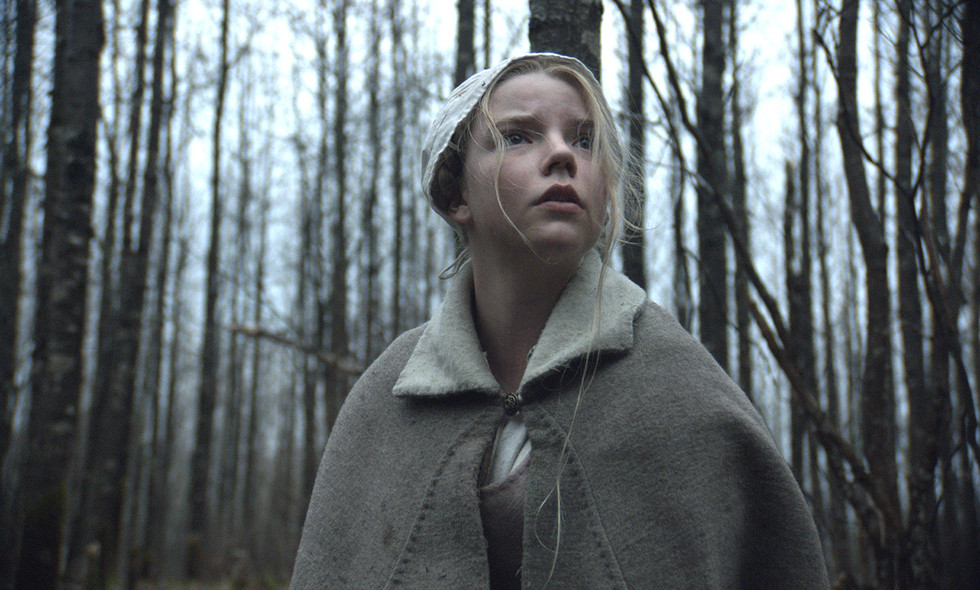
A well-received directorial debut can jump-start a successful career for an otherwise unknown filmmaker. However, countless examples of debut failures prove that this is no easy feat. More often than not, a debut film is dictated by a relatively low budget and a restricted script, making it even more difficult and intimidating for a director that is trying to make an impactful film. As far as budgets go, horror films tend to be on the lower end of that spectrum, making it one of the most accessible genres for a first-time director. Whether they plan to continue making horror films or not, this accessibility has allowed more and more filmmakers to breakout within the industry over the years.
The following list takes a look at the most impressive horror films from first-time directors. While some are older and some are newer, each film showcases the extremely promising talent of directors who were just beginning to find their voice and style. Lucky for us horror fans, these talented directors decided to start their careers with terror, dread, and sometimes, a bit of unexpected comedy.
10. Slumber Party Massacre (1982) – Amy Holden Jones
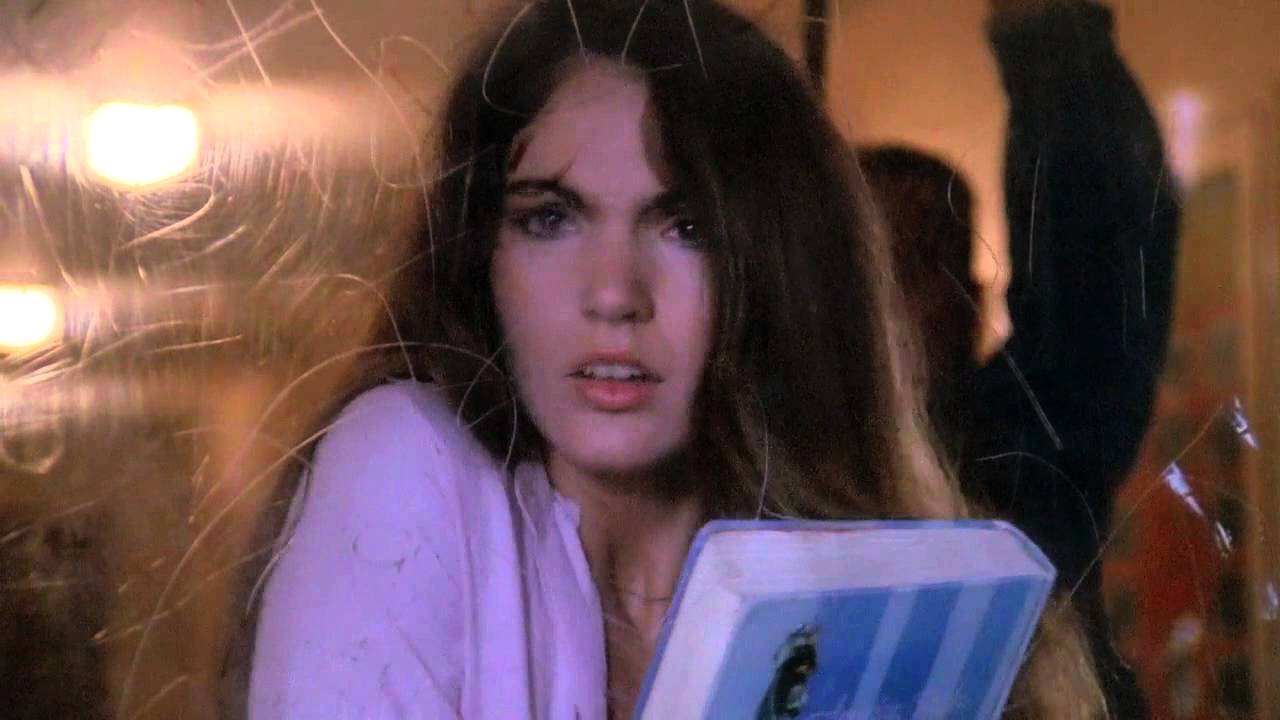
Speaking of comedy, Slumber Party Massacre has a lot of it, both intentional and accidental. This was the debut film from Amy Holden Jones, who had experience as an editor on several films prior to her first directorial opportunity. Unlike many horror films that came before it, it immediately reveals the killer, an escaped murderer weilding a very long power drill. It doesn’t take long to realize what the drill symbolizes, as they make an effort to include shots of him holding it below his crotch multiple times. The murderer plans to use this drill to terrorize a group of highschool girls at a slumber party, and what follows is an equally unique and hilarious take on the slasher film.
The screenplay for Slumber Party Massacre was originally conceived and written by feminist author Rita Mae Brown as a parody of slasher films, a subgenre that was in its golden age at the time. Much to her dismay, the screenplay was in the hands of producers who intended to reimagine it as a regular slasher that took itself seriously. This had to be a major disappointment for Brown, but the film’s writing still makes it one of the most interesting installments ever added to the genre. To this day, Slumber Party Massacre stands out as a slasher that was directed by a female, written by a female, and featured only female protagonists. This is still an unfortunate rarity in all genres, but it’s especially rare for a horror film in the early 80’s. Even though it wasn’t exactly made as Brown intended, her and director Jones should be happy knowing that it’s built a large following and reputation as a feminist classic.
After Slumber Party Massacre, Jones continued her career as a director and writer, receiving credit on films like Beethoven (1992) and The Relic (1997).
9. The Blair Witch Project (1999) – Daniel Myrick, Eduardo Sanchez
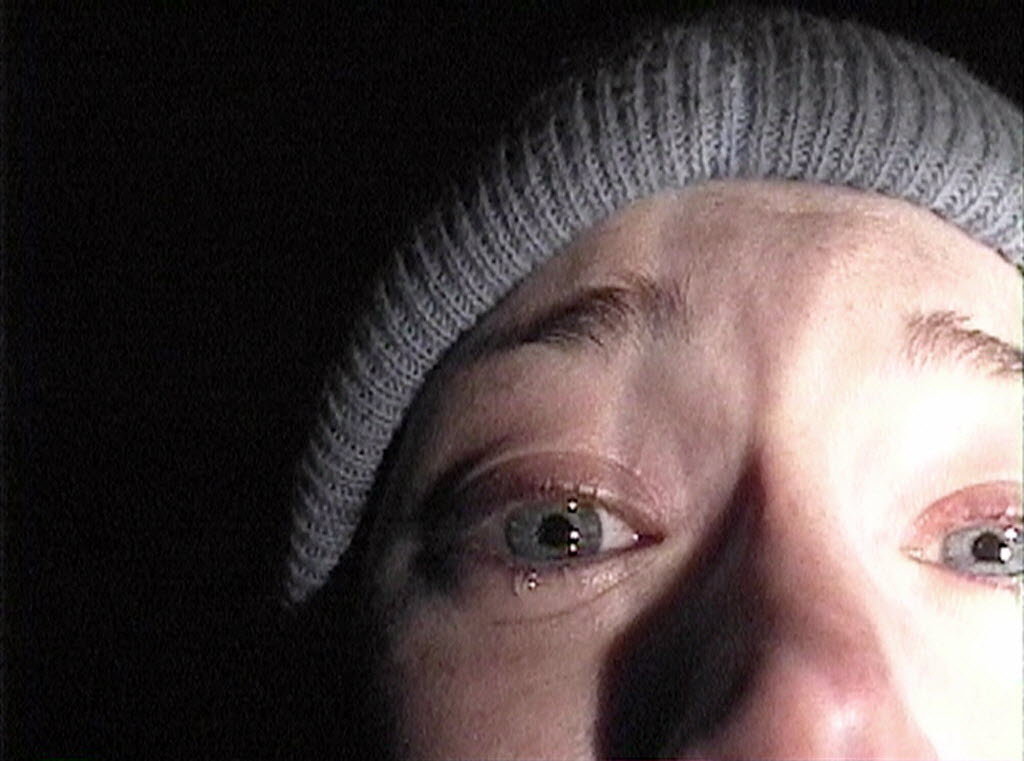
Credited with popularizing the found-footage filming technique that was introduced by Cannibal Holocaust (1980) and expanded upon in Paranormal Activity (2007), The Blair Witch Project remains one of the most influential and successful entries into that subgenre yet. The film follows three students, Heather, Mike, and Joshua, as they attempt to make a documentary about the “Blair Witch,” a local legend that is said to haunt the woods just outside of a small village in Maryland. Of course, this premise wouldn’t be interesting if they didn’t go into those very woods and meet the psychological horror that lies within.
The production of The Blair Witch Project is almost as interesting as the film itself. As film students in the 90’s, amateur directors Daniel Myrick and Eduardo Sanchez set out to make this horror movie with a short screenplay that allowed the actors, Heather Donahue, Michael C. Williams, and Joshua Leonard, to improvise most of their lines. Not only that, but they also had to shoot their own footage and follow directions from Myrick and Sanchez without direct tangible assistance. This experimental style of directing and filming led to the creation of one of the most anxiety-inducing pieces of horror history, which felt so natural that it actually convinced people that the footage was real upon its initial release.
Myrick and Sanchez have both done a few of their own separate projects since their debut together. None of which have been able to come close to the success of The Blair Witch Project.
8. A Girl Walks Home Alone at Night (2014) – Ana Lily Amirpour
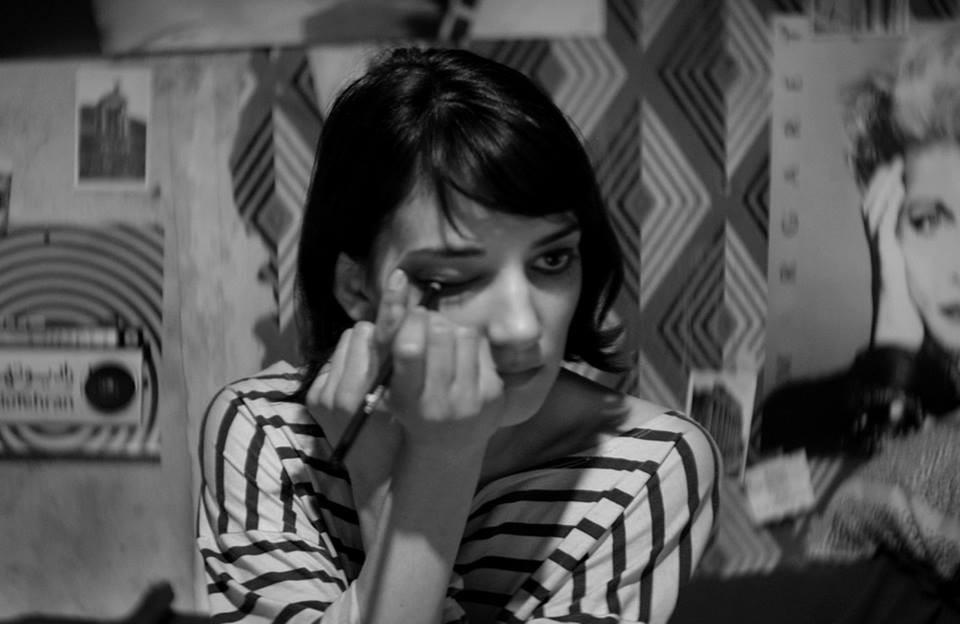
As many vampire movies as there still are, very few of them are able to bring something new and original to the mythology. With her debut feature film A Girl Walks Home Alone at Night, Iranian-American filmmaker Ana Lily Amirpour brings exactly that, an extremely refreshing take on folklore that can be traced all the way back to the 17th century. Not only is the story fresh, but the visual style is unique in the sense that it merges beautiful black and white cinematography reminiscent of spaghetti westerns with Iranian language and culture.
Described as a mix of a vampire and western film, A Girl Walks Home Alone at Night follows Arash (Arash Marandi) as he navigates the dark Iranian town of Bad City. Burdened by an addict father and debts from drug dealers, Arash is stuck in a life of stress, danger, and loneliness. Everything changes when he meets a girl (Sheila Vand) who is even lonelier, a girl who is, well, walking home alone at night. Little does he know, this strange girl is hiding a set of long fangs that make her even more dangerous than any of the male villains in Bad City, subverting the film’s title by showing that she is the one to fear instead. The incredible visual style mixed with the themes that arise from such a plot make this the greatest vampire movie of the past decade and the greatest vampire movie from a first-time director.
Amirpour released her second feature, The Bad Batch (2016), two years later. She is currently working on her third feature, a highly anticipated fantasy film titled Mona Lisa and the Blood Moon.
7. Re-Animator (1985) – Stuart Gordon
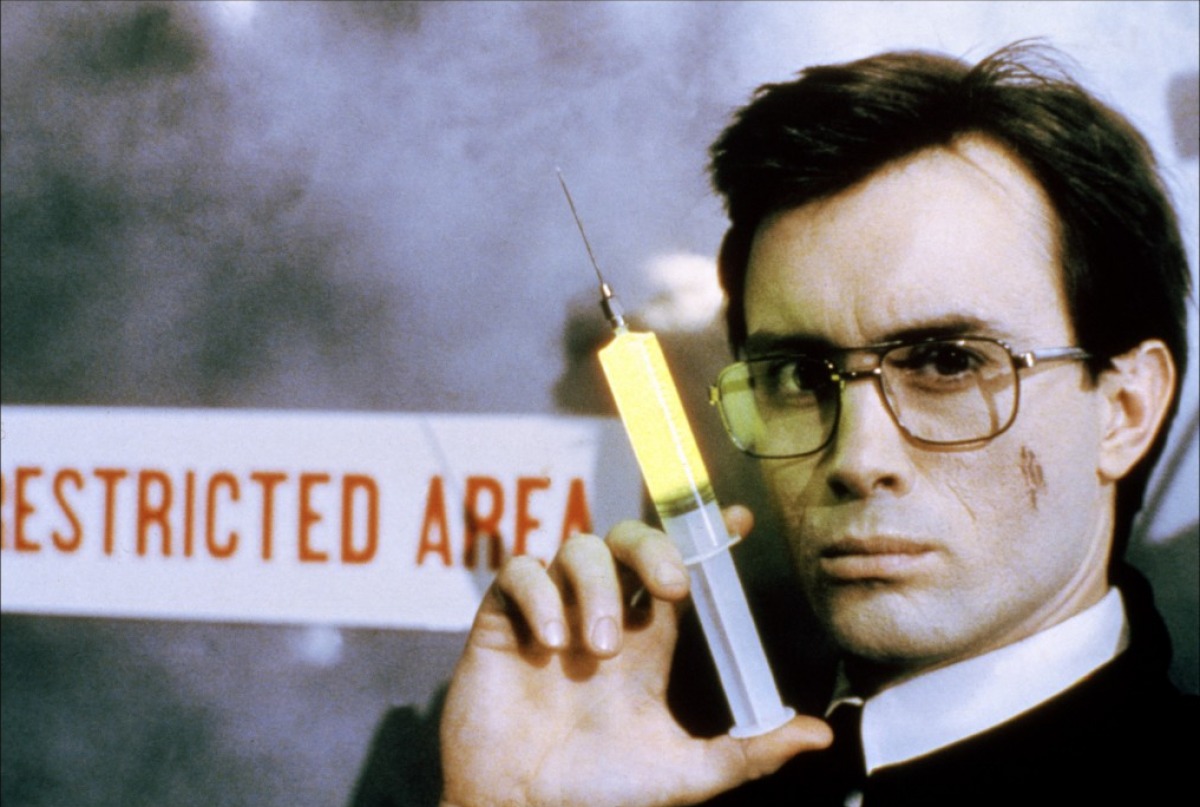
If you’re familiar with H.P. Lovecraft’s work, you may know that a lot of his stories are incredibly hard to adapt into a film because of their cosmic nature. Even though it’s a loose adaptation, Re-Animator continues to serve as one of the best, if not the best, adaptations of his work. It also happens to be the debut film from Stuart Gordon, who went on to adapt other Lovecraft stories in the films From Beyond (1986) and Dagon (2001). The film also spawned Bride of Re-Animator (1990) and Beyond Re-Animator (2003), which were both helmed by different directors.
The plot of Re-Animator centers around Dan Cain (Bruce Abbot), a medical student who has just found a new roommate in Herbert West (Jeffrey Combs), an obsessive genius who has found a way to bring the dead back to life—or rather—”reanimate” the dead. As you can imagine, this reanimation is not simple or safe in the slightest. When Dan is forcefully tied into Herbert’s antics, he has no choice but to help him in his constant experimentation with the dead. With so many bloody, dismembered corpses needed on set, Re-Animator had to have faced many makeup challenges, but they managed to pull off some great practical effects in the end. This is another movie from the list that has its fair share of subtle comedy, an element needed in a film that gets increasingly more ridiculous and grotesque as it goes on.
6. Hereditary (2018) – Ari Aster
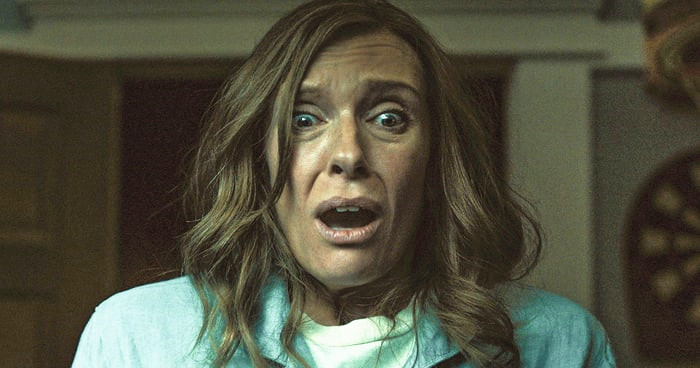
After making many short films that ranged from humorous to extremely disturbing, Ari Aster was able to direct and write the highly praised debut movie Hereditary. The film immediately introduces us to Annie (Toni Collette) and the rest of the dysfunctional Graham family, who have just suffered the loss of Annie’s mysterious mother. As Annie tries to deal with the confusing emotions inherent in this loss, she must also tend to her awkward, pot-smoking son Peter (Alex Wolff) and her odd, sweet-toothed daughter Charlie (Milly Shapiro). It isn’t long before things take a shocking turn, forcing the story in an unexpected direction that only becomes more and more unsettling.
Hereditary had such great reception before and during its theatrical release that it became the highest grossing film from A24, a distribution and production company that has become highly respected over the years. In fact, they were so confident in this film that Aster signed on to his next project with A24, Midsommar (2019), shortly before Hereditary was widely released. Despite its success in all facets of filmmaking, Aster’s masterful direction and the frighteningly real performances from Toni Collette and Alex Wolff were both underappreciated at the year’s biggest award shows, proving that great horror movies still struggle to find the acknowledgment that they deserve. In any case, Hereditary is a horror film that is so well crafted it makes you wonder how it could possibly be the work of a first-time director.